Contractor Comment: Is Covid to blame for kit breakdowns?
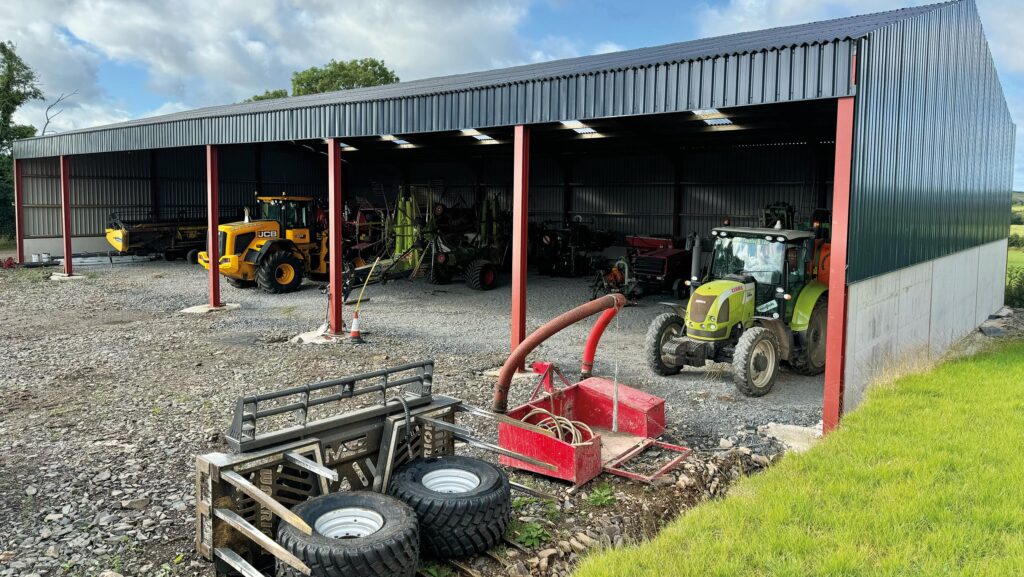 © MAG/Oliver Mark
© MAG/Oliver Mark Long Covid seemingly isn’t an ailment exclusive to the human race, with mounting evidence that pandemic shutdowns are to blame for a ruck of mechanical maladies among the nation’s farm machinery.
Reliability problems have struck down tractors, foragers, telehandlers and implements in J Townley & Sons’ Ballygowan-based fleet, and one common thread links the lot – they were built in 2020.
“Every machine we bought in that year has broken our hearts,” says James Townley.
“And I’m convinced it’s because there weren’t enough staff working closely together on the production lines to make sure everything was assembled correctly.
See also: Contractor Comment: Infuriating weather sees new kit sit idle
About the contractor
 James Townley is a third-generation contractor at JD Townley & Son, which offers the full suite of agricultural services across County Down.
James Townley is a third-generation contractor at JD Townley & Son, which offers the full suite of agricultural services across County Down.
Business facts
JD Townley & Son, Ballygowan, County Down
- Main services: Grass and maize silage, cultivation and drilling, combining, square baling, spraying, slurry spreading
- Other: 130ha farming, land drainage
- Staff: James and Roy Townley, plus five full-time and another two or three during seasonal peaks
Chief troublemaker this season is James’s 3,000-hour New Holland T7.270, which has tallied a scarcely believable number of misdemeanours in just a few months.
Its charge sheet includes niggly electrical problems – battery, starter motor, spool valve controller, corroded wiring – as well as a worn-out handbrake, a burst brake pipe and a broken door handle.
While those were irritating but eminently fixable, issues with the T7’s after-treatment system have proved harder to cure.
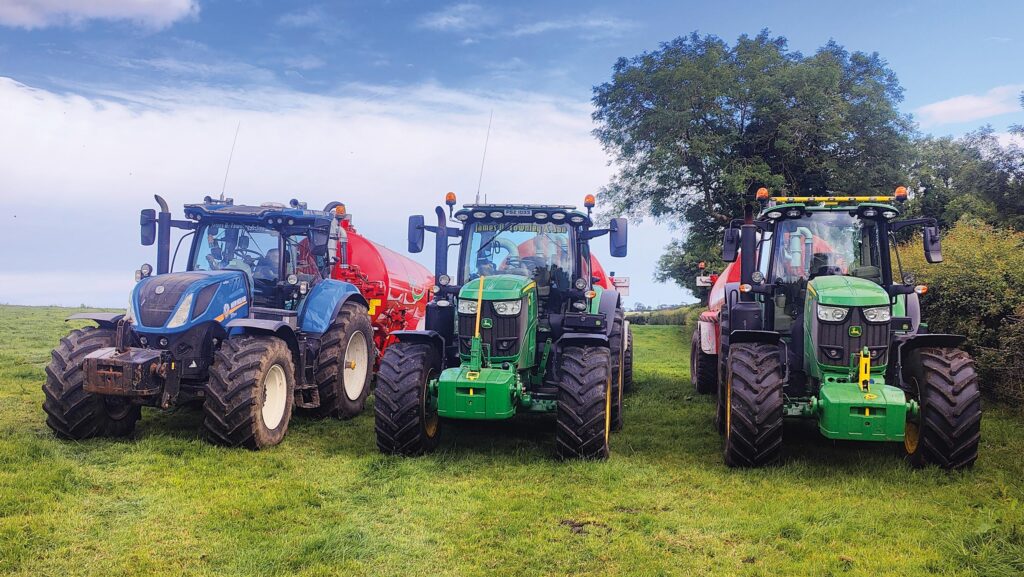
© James Townley
Error codes had been pinging up every 20 hours or so, forcing the tractor into “limp” mode, and no number of regenerations – nor an acid bath washout of the particulate filter – have alleviated the problem.
It has been laid up at the local dealership since mid-July while it awaits a complete replacement of the exhaust assembly.
Fortunately, New Holland is helping with the cost but, with drilling season now on the horizon, time is of the essence.
“It feels like the dealer’s number has been on speed dial recently, but the only saving grace has been how quickly they have reacted,” says James.
“As a result, it hasn’t put us off buying another blue tractor when we come to change the T7.270.
“We have a mix of colours in our yard and none are without fault – reliability just isn’t good enough across the board.
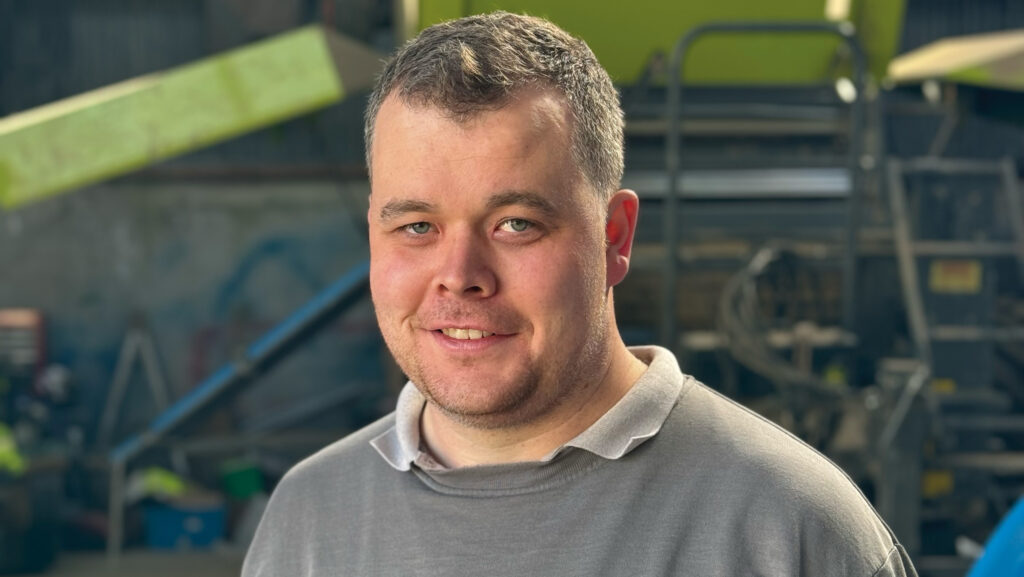
James Townley © MAG/Oliver Mark
“There are that many sensors on them nowadays, and most of them make very little difference to productivity – particularly when it comes to emissions systems. If one fails it pulls the whole thing to a halt.”
The Covid curse has also hit the Jaguar… again.
Having gone through a turbo and an engine last year, this time it was a recurring problem with the EGR pipe, which was blowing every few hours during first-cut silage.
“It failed six or seven times, causing a complete power loss.
“Unfortunately for the mechanic, it meant he was always fixing it when the engine was roasting – until it was finally replaced with a far thicker pipe that seems to have solved the problem.”
New Deeres arrive
Spring saw the arrival of two new John Deere tractors, both of which were downgrades on their predecessors.
Replacing a 7,000-hour 6195R with a 6R 175, and a 9,000-hour 6210R with a 6195M, has saved valuable pennies.
“The M was £17,000 cheaper than an equivalent R and, for hauling trailers and running the Doda slurry pump, there’s little difference between the two. It can do pretty much everything an R can,” says James.
“Its smaller cab doesn’t bother me – though some of the lads may say otherwise – and having less horsepower boost seems to make the engine torquier.
“There’s more grip and it feels livelier than the Rs, though some of it might be down to the transmission. It has a PowrQuad box, whereas the Rs are all DirectDrive.”
The one downside is its smaller fuel tank. Though not a problem when carting silage, the lack of capacity bites during springtime power harrowing.
“It wants a drink at teatime, whereas the Rs have enough juice on board to go all night,” he adds.
Despite this, he expects to add more Ms to the fleet in the future, as they’re cheaper, easier to drive and perfect “community” tractors – yard machines used by everyone.
But maximising value relies on speccing the tractors carefully, with James irked by the salesman’s decision to include several relatively expensive and unnecessary features.
“The 6R 175 turned up with autosteer [£3,000] and section control [£2,000], which we didn’t ask for – it’s mainly a haulage tractor.
“Without them, we would have been a good way towards affording a 6R 195 instead.
“And, conversely, we were told that we couldn’t have mid-mount valves on the M-series, but it turns out that we could.”
Implement upgrades – and downgrades
Also new for this year was a £60,000 Gaspardo maize drill with section control.
Though the investment was hard to justify, it has transformed the job – not least because it can maintain seed placement accuracy at 15kph, rather than the 7kph maximum of the previous model.
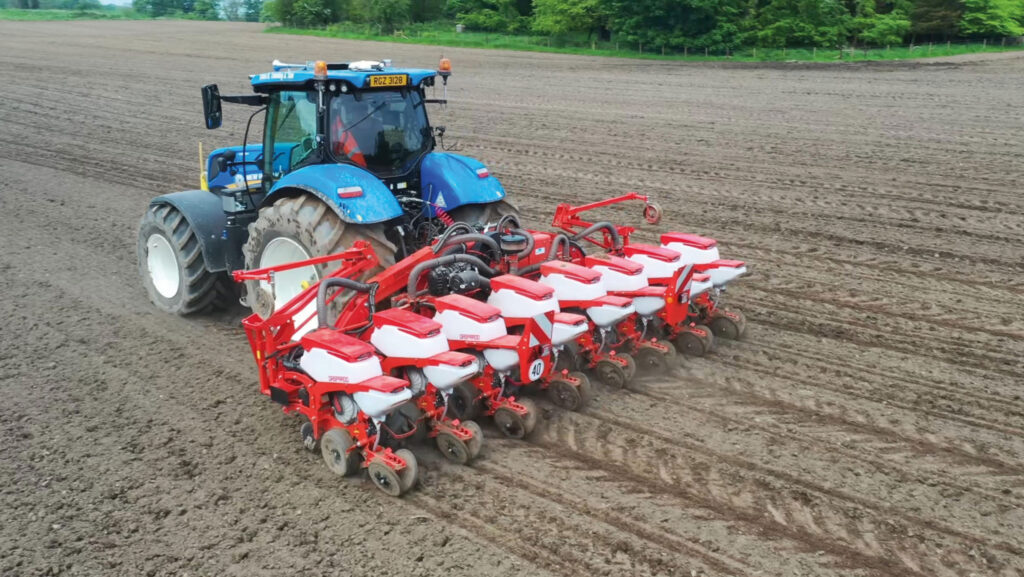
© James Townley
That carved a significant amount of time off the near-300ha of late-spring sowing.
The other new arrival is a Claas Liner 4800 rake, following a late decision to downgrade to a 40ft model rather than stick with a like-for-like replacement of the old 50ft Liner 4000.
This has worked out favourably, as the Jaguar 970 apparently performs better behind a slightly smaller rake that produces a less lumpy and tangled swath.
The change of plan was driven by the loss of some 400ha of grass and maize silage ground, as well as another 200ha of combining.
“We’re getting undercut by other contractors – sometimes by a figure greater than the slice of profit we’d take out of a job – and there’s nothing we can do about it,” says James.
“You wonder how they make that add up. Our business is 99% farm contracting so we can’t subsidise it by other means – we have to pass on our increased costs to customers to stay viable.
“We’ll keep our heads high knowing we’ve provided a good service, and the door is always open for them to return, but it’s an incredibly tough market at the minute.”
The situation is symptomatic of wider pressures in the sector, he says, with farmers, contractors and dealers all under extreme pressure of weather and finances.
Price drops pending?
“The reality is that we’re in the wrong business – we need to be making machinery, not buying it.”
But, with manufacturers starting to feel the strain of falling sales, could prices finally start to retract?
“The share values of the big machinery companies have been dropping of late, and it makes me wonder how they might steady the ship.”
This uncertainty is putting him off changing the troublesome T7 in the short-term – particularly given the dealer is quoting “telephone numbers” for a replacement.
As it stands, this is working out at a cost of £34/hour depreciation on the trade-in.
“The T7.245 we had on demo was superb, particularly in terms of comfort, but we’d be looking at nearly £1,000/hp. Based on that, tractors are an overpriced asset.
“I could buy a house in Ballygowan for the same money [£180,000], rent it out for three years, and then sell it for at least what I paid for it.”
The one machine that might be moved on is the four-year-old mounted Amazone UF1602 sprayer.
Its successor will likely be another model from the same brand, mainly because the dealer is only 15min away.
“If I won the lottery then it would be a Horsch, as the boom levelling is far better; we’ve not got a single flat field.
“But the price of a new Amazone has doubled in four years – it’ll be £60,000, costing us £8,000-£10,000/year to run – and the Horsch would be another £20,000. We can’t justify that.”
Condensed season
A rain-delayed year meant spring barley was still being drilled in the third week of May, putting it six weeks behind schedule.
This means the combines will be attacking the wall of spring barley well into late September and even October, when dews are likely to limit cutting to just a few hours each day.
Crop yields have been mixed thus far, with winter barley losing money for a second year in succession due to its 4.5t/ha average.
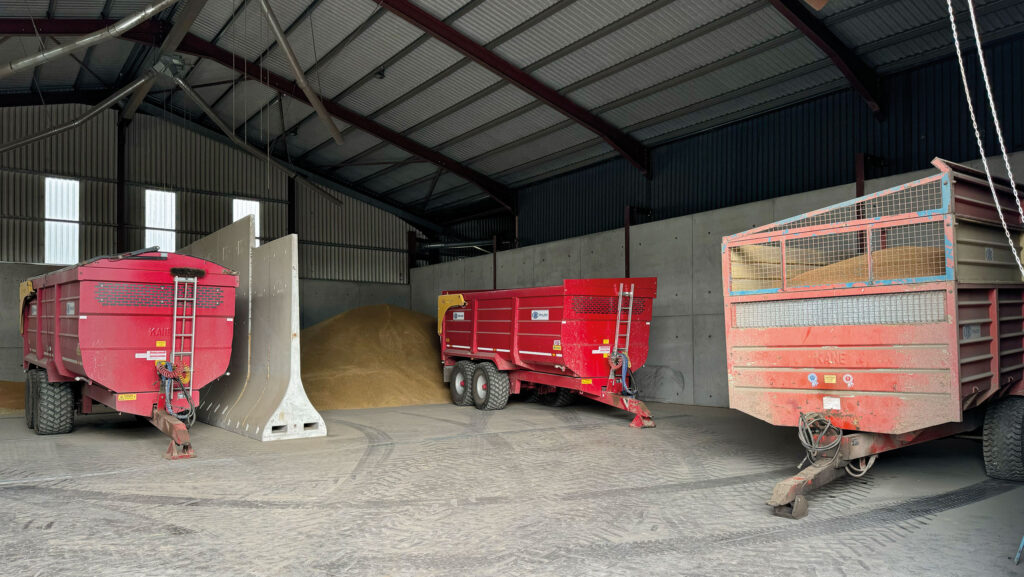
© MAG/Oliver Mark
Fortunately, the oilseed rape hit a similar figure and, as it’s worth nearly twice as much as the barley, it should offset some of the damage.
But with harvesting delayed across the board, it’s unlikely to make it into next year’s rotation.
“At the time of writing [28 August], we have very little wheat cut – we’ve barely scratched the surface.
“Instead, we’ve been busy keeping the trencher moving to sort field drains.
“But, once the weather picks up we may end up getting pulled in all directions. Farming’s never easy.”

